For cyclists who do not live or train constantly in the heights, starting cycling at altitude can be quite a challenge. However, while it may be difficult, it is not impossible. The key is to gradually increase the height and the km to be covered in training.
Likewise, cycling at altitude can be very beneficial for health: it improves blood circulation, the functioning of the immune system, oxygen regulation and, therefore, sports performance.
Find out how to prepare your body for cycling at altitude .

Prepare your body for cycling at altitude
1. Start training at heights
If you’re preparing for an altitude cycling race , you can’t wait until the day of the event to start adjusting to the environment.
When you train at heights, your body undergoes a series of physiological changes; such as an increase in heart rate and blood pressure, as well as a decrease in oxygen saturation, plasma volume and VO2 max, which occur while you are constantly on the move. For this reason, you should plan in advance how to react and what steps to take to anticipate such changes.
One recommendation is that you visit the place where the race will be on a vacation, so you can practice and draw up your action plan.
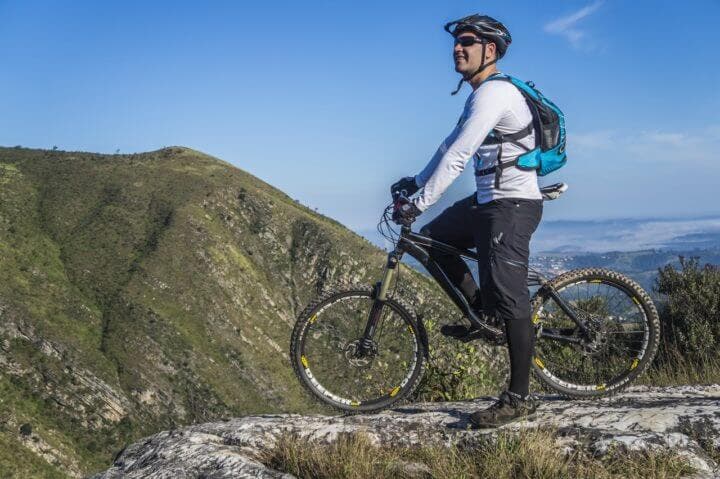
2. Wear a hypoxic mask
In case moving to a high altitude location is not possible, you can experiment with a hypoxic mask. These types of masks allow you to familiarize yourself with shortness of breath, increased respiratory effort and the increased amount of perceived exertion when practicing high altitude cycling .
However, there are effects of heights that hypoxic masks cannot simulate, as is the case with variations in hemoglobin or hematocrit levels (Porcari et al., 2016). Therefore, hypoxic masks are not a complete replacement for altitude training, but they can simulate some effects and are more effective in improving performance compared to, for example, high intensity interval training.
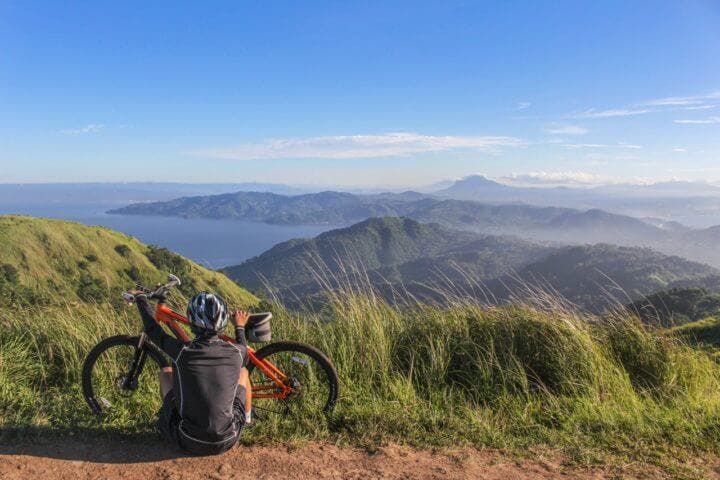
3. Increase your VO2 max
VO2 max is the maximum amount of oxygen that the body can process during exercise. In general, when at sea level, a cyclist uses about 80% of his maximum, but when he is at altitude, it drops by 10 to 15%, so he will not be able to work with the same intensity, since it will tire faster.
To prevent this from happening, high intensity interval training should be incorporated into the routine: this will increase the respiratory and heart rate as if it were in the heights, making the body get used to more work than it will have to do at altitude , avoiding fatigue.

4. Train your respiratory muscles
Training your breath is linked to improved endurance when at altitude. In turn, a study showed that strengthening respiratory muscles reduces fatigue , regulates oxygen levels in the blood and increases blood flow to the muscles used when cycling (Álvarez-Herms et al., 2019).
Another study found that after training the respiratory muscles three times a week, cyclists saw a 33-second improvement in their 20K race time at a simulated elevation of 2 km. The results were that muscle training allowed to increase and maintain the ventilation rate, helping more oxygen reach the muscles without perceiving a greater effort (Hursh et al., 2019).
It should be noted that the cyclists in the study used a test device called “PrO2fit”, which makes it difficult to breathe deeply and indicates how difficult it is to inhale, how long to hold the air and the perfect moment to release it.
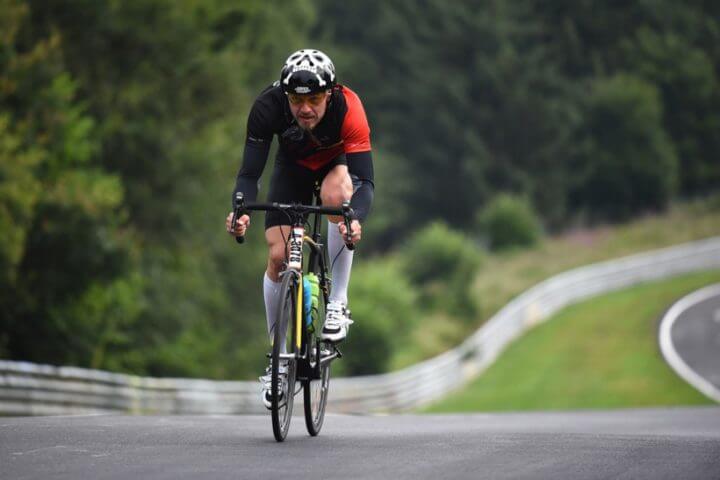
5. Take iron supplements
Iron is a protein found in red blood cells that carries oxygen from the lungs to the muscles.
For high altitude cycling, iron is essential, since low levels of this nutrient reduce VO2 max, causing the muscles not to receive the necessary oxygen. To this must be added the decrease in natural oxygen that occurs at altitude .
For this reason, it is recommended to start taking an iron supplement 3 or more weeks before taking on a training at heights. Of course, you should regulate the intake and be under medical observation, since too much iron can also be harmful to health.
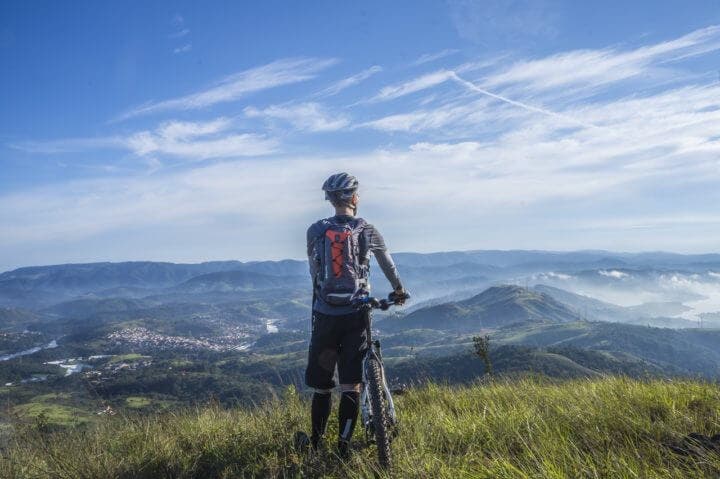
6. Arrive a few days before the site
Arrive at the training or race site 3-4 days in advance, even a week early; this way, your body will have enough time to acclimate to the altitude , the time zone and the sleeping pattern. You will also have the opportunity to establish how hydration should be in this new environment.
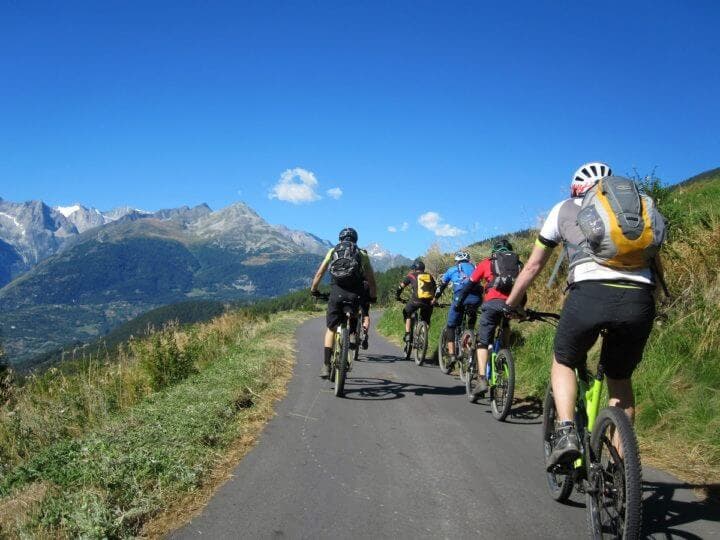
conclusion
Cycling at altitude is quite a challenge; therefore, you must plan very well how to prepare your body. Start by training at heights and gradually increase meters above sea level. Also, consider including hypoxic masks, high-intensity interval training, and training your respiratory muscles in your routine.
References
- Álvarez-Herms, J., Julià-Sánchez, S., Corbi, F., Odriozola-Martínez, A. and Burtscher, M. Putative Role of Respiratory Muscle Training to Improve Endurance Performance in Hypoxia: A Review. Frontiers of Physiology. doi: 10.3389 / fphys.2018.01970
- Hursh, DG, Baranauskas, MN, Wiggins, CC, Bielko, S., Mickleborough, TD and Chapman, RF (2019). Inspiratory Muscle Training: Improvement of Exercise Performance With Acute Hypoxic Exposure. International Journal of Sports Physiology and Performance. doi: 10.1123 / ijspp.2018-0483
- Porcari, JP, Probst, L., Forrester, K., Doberstein, S., Foster, C., Cress, ML, and Schmidt, K. (2016). Effect of Wearing the Elevation Training Mask on Aerobic Capacity, Lung Function, and Hematological Variables. Journal of Sports Science & Medicine, 15 (2), 379–386
